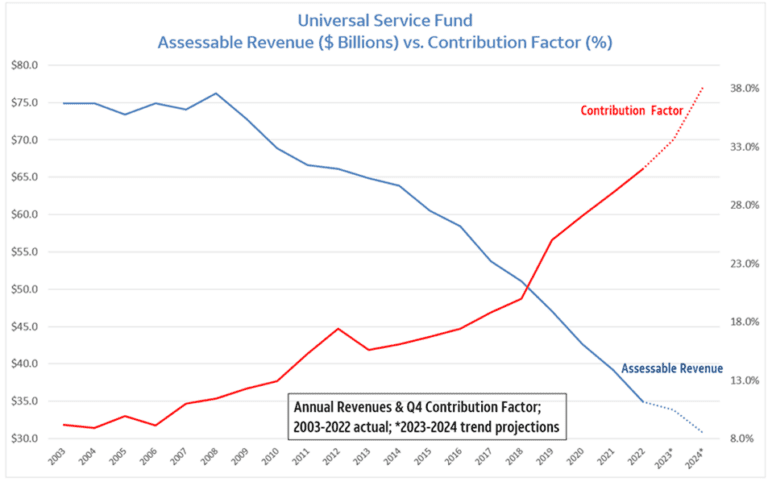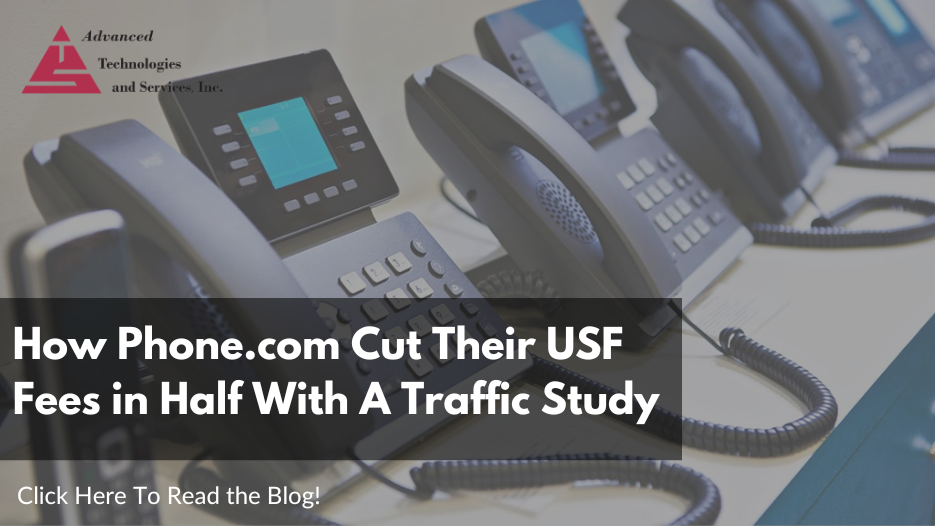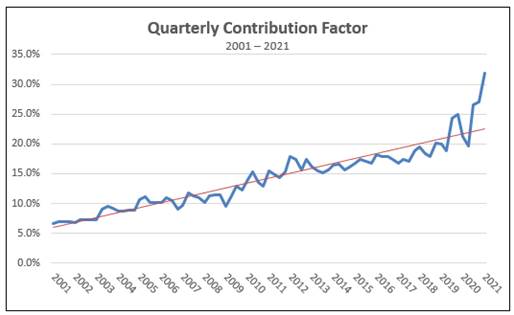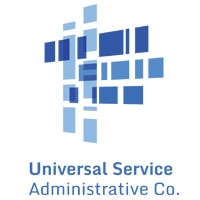Time after time, carriers contact us about wanting to do something to lower their skyrocketing USF Fees.
Some carriers may feel like they are at the mercy of an endless cycle of a volatile contribution factor that has risen drastically in the past decade -from 15.5 percent in the first quarter of 2011 to 31.8 percent in 2021.
A solution that carriers overlook is their ability to reduce their Federal USF tax by means of a Traffic Study.
By using the Safe Harbor Rate, you can be spending twice as much as you should on USF Fees when filing your 499s. With the deadline for carriers to submit their 499As around the corner, the time to complete a Traffic Study is now.
Here's a direct quote from a recent USAC Webinar;
The best (easiest) time to switch from using the Safe Harbor percentage to traffic studies is with the 1st quarter filing of the year ... Keeping methodology consistent for all quarters simplifies annual revenue reporting on the applicable Form 499-A due the following April.
These spikes in USF fees can be managed by ditching the Safe Harbor rate when you file your 499s, and instead performing a traffic study.
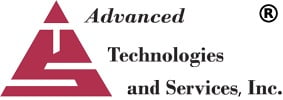

-3.png)
